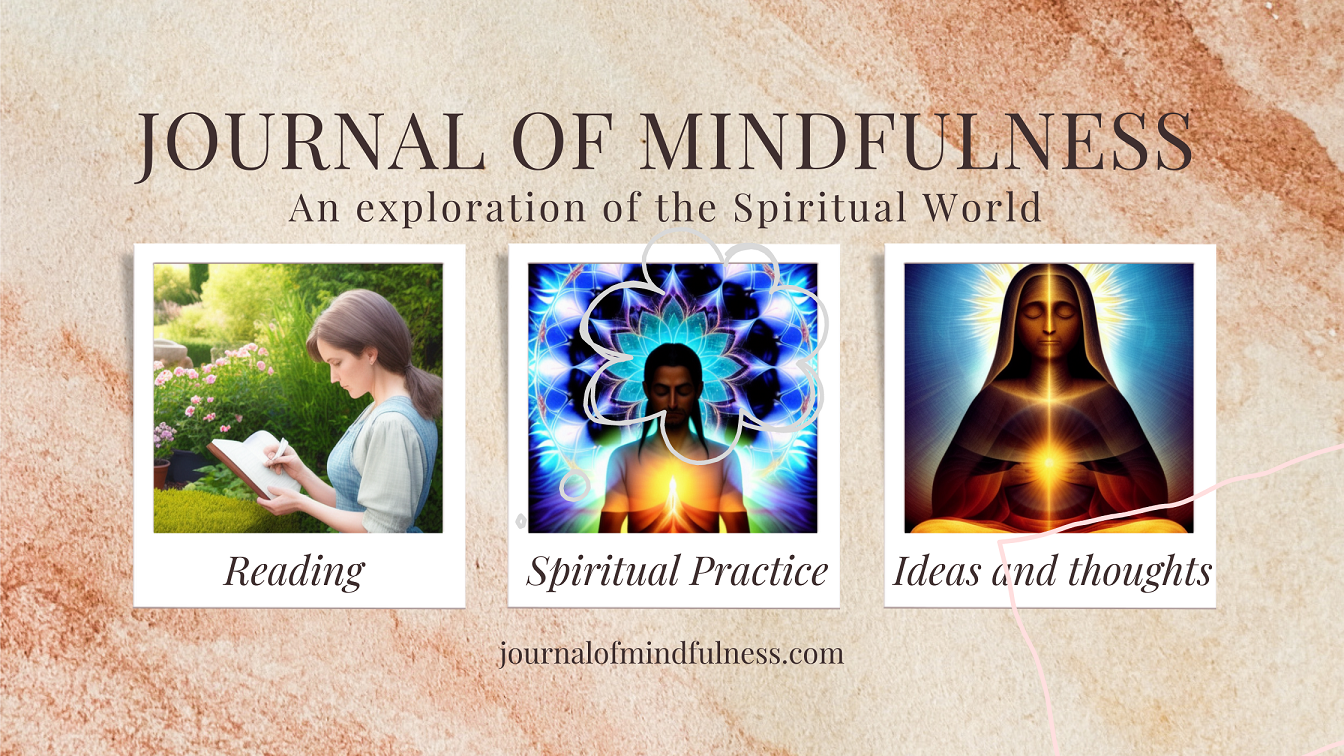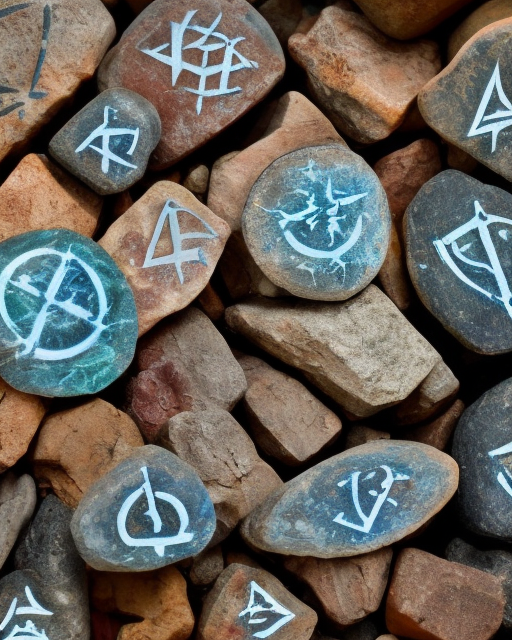Runes for Divination
Using runes for divination is an ancient practice that originated among the Germanic and Norse peoples. Runes are a set of symbols that make up an early Germanic writing system known as the runic alphabets. Each rune has its own name, sound, and meaning, and they were often inscribed on various objects, including stones, wood, metal, and even bones. Here are the 24 runes of the Elder Futhark, along with their meanings:
- Fehu (F): Meaning “cattle” or “wealth,” Fehu represents prosperity, abundance, and material gain.
- Uruz (U): Representing the aurochs, an extinct wild ox, Uruz signifies strength, vitality, and physical health.
- Thurisaz (Th): Also known as Thorn, this rune symbolizes conflict, protection, and the power of Thor’s hammer.
- Ansuz (A): Associated with the deity Odin, Ansuz signifies divine communication, wisdom, and inspiration.
- Raido (R): Meaning “journey” or “riding,” Raido represents travel, progress, and personal growth.
- Kenaz (K): Representing a torch or flame, Kenaz stands for creativity, illumination, and transformation.
- Gebo (G): Signifying “gift,” Gebo represents partnerships, harmony, and the giving and receiving of blessings.
- Wunjo (W): Meaning “joy” or “bliss,” Wunjo represents happiness, fulfillment, and inner harmony.
- Hagalaz (H): Associated with hail, Hagalaz represents disruption, challenges, and unexpected change.
- Nauthiz (N): Symbolizing “need” or “necessity,” Nauthiz stands for resilience, self-reliance, and overcoming obstacles.
- Isa (I): Meaning “ice,” Isa represents stillness, patience, and waiting for the right time.
- Jera (J): Signifying the harvest, Jera represents cycles, reward for hard work, and the passage of time.
- Eihwaz (EI): Associated with the yew tree, Eihwaz represents stability, endurance, and spiritual transformation.
- Perthro (P): Symbolizing a gaming cup or dice, Perthro stands for fate, chance, and the unknown future.
- Algiz (Z): Also known as Elhaz, Algiz represents protection, guidance, and connection with higher spiritual forces.
- Sowilo (S): Meaning “sun,” Sowilo represents success, energy, and achieving goals.
- Tiwaz (T): Associated with the god Tyr, Tiwaz symbolizes justice, courage, and self-sacrifice.
- Berkano (B): Signifying the birch tree, Berkano represents growth, fertility, and nurturing.
- Ehwaz (E): Meaning “horse,” Ehwaz symbolizes teamwork, cooperation, and progress.
- Mannaz (M): Representing “man” or “human,” Mannaz stands for humanity, social connections, and self-awareness.
- Laguz (L): Symbolizing water, Laguz represents intuition, emotions, and the ebb and flow of life.
- Ingwaz (NG): Associated with the god Ing, Ingwaz represents internal growth, potential, and new beginnings.
- Dagaz (D): Meaning “day” or “dawn,” Dagaz symbolizes breakthroughs, transformation, and enlightenment.
- Othala (O): Representing the ancestral property, Othala stands for inheritance, heritage, and family bonds.
To perform rune divination, individuals typically draw runes from a bag or scatter them and interpret the meanings based on their positions and relationships to each other. Interpretations can vary based on the context and the reader’s intuition, making rune readings a unique and personal experience for each individual.
There are different types of runes and meanings can vary a little. Each practitioner uses runes to gain insights into a situation and ‘activate’ the intuitive senses that guide them in the process of understanding the meanings.
Talk to anyone at our sister site www.FreeChatPsychics.com for more information

